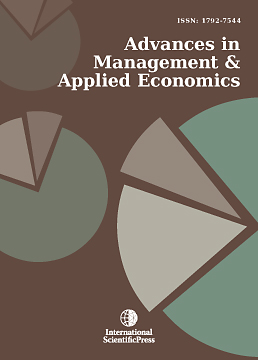Abstract
For much of the pollution currently regulated by governments, resulting damages depend on the locations of emission sources. Market-based differentiated policies including differentiated taxes and differentiated emissions trading are designed to reflect spatially variant damages with differentiated emissions penalties. We evaluate differentiated policies from the perspective of clean technology adoption. In equilibrium, a firm may act as what regulator initially expects, which equates the firmís marginal damage to its marginal abatement cost; or else, the regulator sets a lower (higher) tax rate or trading ratio to stimulate the firm not to (to) adopt clean technology. Accordingly, differentiated policies lead to the socially optimal degree of adoption. And they provide greater incentives for firms in high damage locations to adopt clean technology. However, when imperfect information or uncertainty is considered, differentiated policies may not perform better than existing market-based policies. Overinvestment or underinvestment is possible. Moreover, we study a special case where marginal damages are constant. It shows differentiated taxes could still induce the socially optimal adoption even with incompleteness about abatement costs.
JEL classification numbers: Q58, H23, L51
Keywords: taxes, emissions trading, pollution regulation, technology adoption, environmental policy choice
 [ Download ]
[ Download ]
